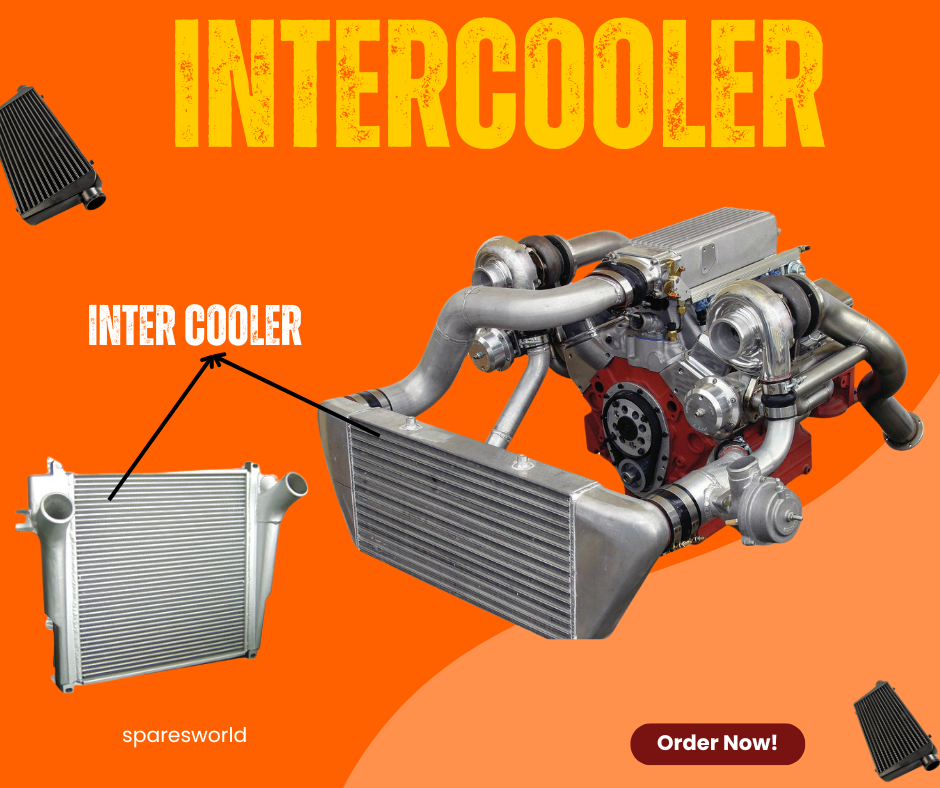How Intercoolers Work: A Comprehensive Guide

Unlock the full potential of your engine with the science of intercoolers explained.
Exploring the Basics of Intercoolers
Intercoolers are devices used to cool the air that has been compressed by either a turbocharger or a supercharger. The primary reason for this cooling is to increase the density of the air, which, in turn, allows for more oxygen to enter the engine's combustion chamber. This results in better combustion and more power output.
The basic principle behind an intercooler is to use either air or liquid to remove heat from the compressed air before it enters the engine. This cooling process helps in reducing the risk of engine knocking and improves overall efficiency and performance.
The Role of Intercoolers in Engine Performance
Intercoolers play a crucial role in enhancing engine performance by reducing the temperature of the compressed air. Cooler air is denser, meaning it contains more oxygen molecules per unit volume. This allows the engine to burn more fuel and produce more power.
In addition to power gains, intercoolers help in improving the reliability and longevity of the engine. By lowering the intake air temperature, they reduce the thermal stress on the engine components, which can prevent wear and tear over time.
Types of Intercoolers and How They Differ
There are primarily two types of intercoolers: air-to-air and air-to-water. Air-to-air intercoolers use the ambient air to cool the compressed air. They are simpler in design, lighter, and generally more reliable due to fewer moving parts.
Air-to-water intercoolers, on the other hand, use a liquid—usually water mixed with a coolant—to absorb heat from the compressed air. These are more efficient at cooling but are also more complex and heavier. They are often used in high-performance or racing applications where maximum cooling is required.
Step-by-Step: How Intercoolers Enhance Engine Efficiency
Step 1: Air is compressed by the turbocharger or supercharger, which increases its temperature.
Step 2: The hot, compressed air flows through the intercooler. In an air-to-air intercooler, ambient air passes through the intercooler fins, absorbing heat from the compressed air. In an air-to-water intercooler, coolant absorbs the heat.
Step 3: The cooled, denser air then enters the engine's intake manifold.
Step 4: More oxygen-rich air allows for a more efficient combustion process, leading to increased power and performance.
Step 5: The reduction in air temperature also helps in lowering the risk of engine knocking and improves the overall durability of the engine components.
Maintaining Your Intercooler for Optimal Performance
Regular maintenance of your intercooler is essential for optimal performance. This includes cleaning the intercooler to remove any debris, dirt, and oil that may have accumulated over time. A clean intercooler ensures maximum heat dissipation and efficient cooling.
It's also important to check for any leaks or damage in the intercooler system. A leaking intercooler can reduce its efficiency and may even lead to engine performance issues. Regular inspections and timely repairs can help in maintaining the intercooler's effectiveness.

 Loading..
Loading..